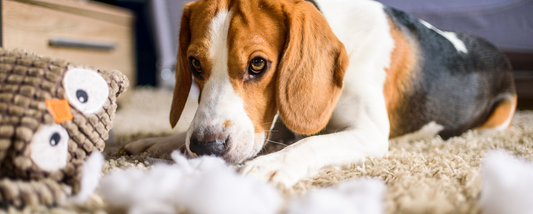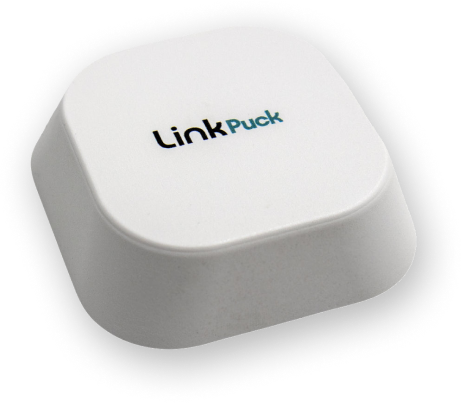Accidental ingestion, inhalation, or skin exposure to common household cleaning products can occur when your pet uses his natural curiosity to explore. Symptoms of exposure to a poisonous substance range from mild vomiting to serious abdominal pain and excess salivation. Since these agents work rapidly, it’s critical to get immediate veterinary care for a positive outcome. Read on to learn what cleaning products are not safe for dogs
Symptoms of Cleaning Product Poisoning
The COVID-19 virus has experts urging people to clean the surfaces in their home far more frequently than they usually do. This increases the chances your dog might lick or come into contact with the products you use. You can also be tempted to leave the products out so they’re easier to reach.
Household cleaners, particularly those that contain bleach and other corrosive ingredients can cause serious burns, ulcerations, and irritation to your pet’s gastrointestinal system, mucus membranes, respiratory passageways, skin, and eyes. The most common caustic threats include ammonia, chlorine, glycol ethers, and formaldehyde which are often found in:
- Drain openers and toilet cleaners
- Floor, bathroom, and all-purpose cleaners
- Concentrated dishwashing and laundry detergent
- Lime removal products
- Oven cleaners
- Pool chemicals
A good rule of thumb is if something smells bad or strong it’s typically pretty dangerous. Since some of these products have scent added to them, it’s important to read the labels and buy wisely. Does the container have the words “Caution” or “Danger” on it? While both are hazardous, one marked danger typically means the product can cause severe injury to your dog and you.
What to Do if Your Dog Ingests Cleaner
Signs your pet has been exposed to harmful chemicals include:
- Blistering, red, and/or raw skin
- Pawing at his eyes or mouth
- Severe drooling
- Lack of appetite
- Tearing eyes
- Lethargy or malaise
Untreated, cleaning product poisoning can result in tissue damage or even death. If your dog exhibits any of these symptoms, a trip to the vet is in order. If you know which product he might have come into contact with, be sure to take the bottle with you so the vet can see which chemicals could be the culprits.
One chemical ingredient not often listed in the ingredients is phthalates which, according to the National Toxicology Program (PDF download), is “reasonably anticipated to be a human carcinogen.” Phthalates, often referred to as “fragrance” on a product container, have been shown to cause liver, testicular, and pancreatic tumors in animals. Commonly found in all-purpose cleaners and deodorizers, phthalates can also be in dog toys, beds, and crate mats.
The Pet-Safe Approach to Cleaning
The easiest way to keep you and your pooch safe and healthy is to not buy harmful cleaning products in the first place. Since that’s not always feasible here’s what to do:
- Keep pets out of the room you’re cleaning so they can’t get into open bottles and full buckets or have their skin exposed to toxic chemicals.
- If possible, close off the room that’s just be cleaned until every surface is dry.
- Rinse floors with water after using a cleaning product.
Make sure all toxic cleaners are safely put away. It helps to think of your pet as a small child who must be protected from small things that can really hurt him. Use child safety locks on cabinet doors and store containers as high up as possible. Make pet-safe cleaning a priority in your home and be sure to contact your veterinarian if you have any questions.
Finally, if you’re a pet parent who is part of the Link family, you get access to free consultations from the Pet Poison Hotline. Active Link subscribers can call the hotline for free, anytime, if you suspect your pup has potentially ingested something dangerous. More information about this complementary service can be found here.





